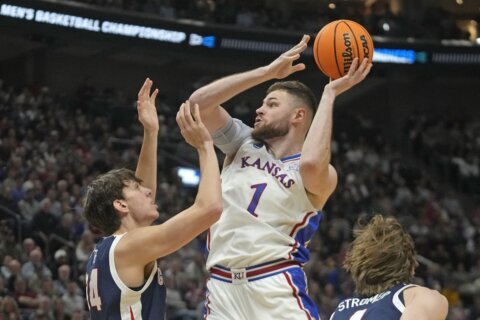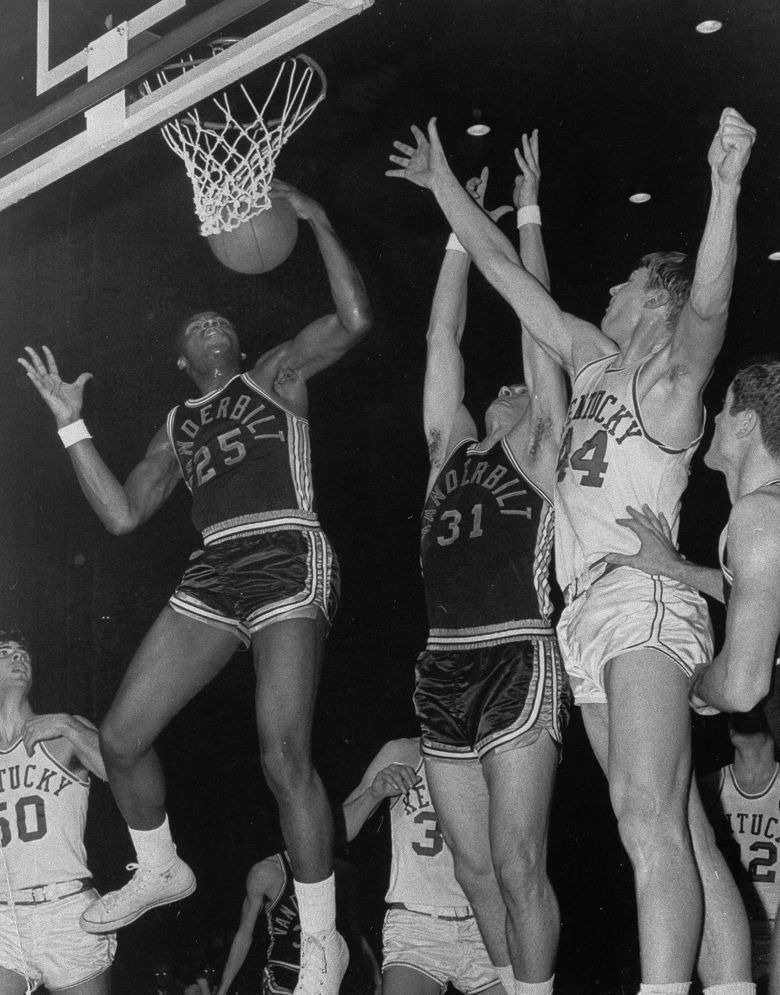
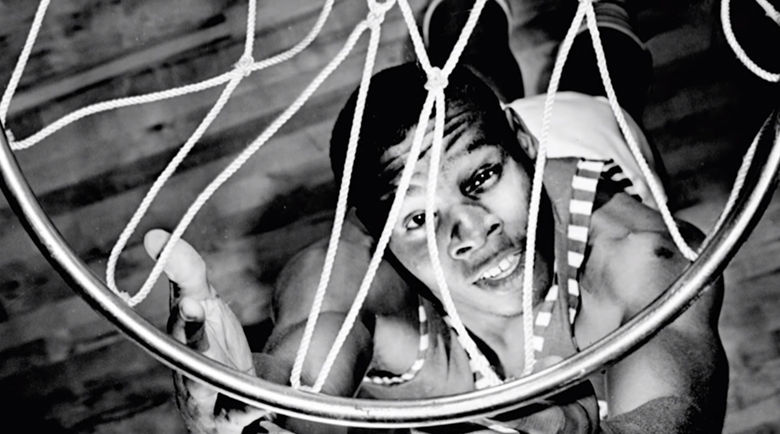
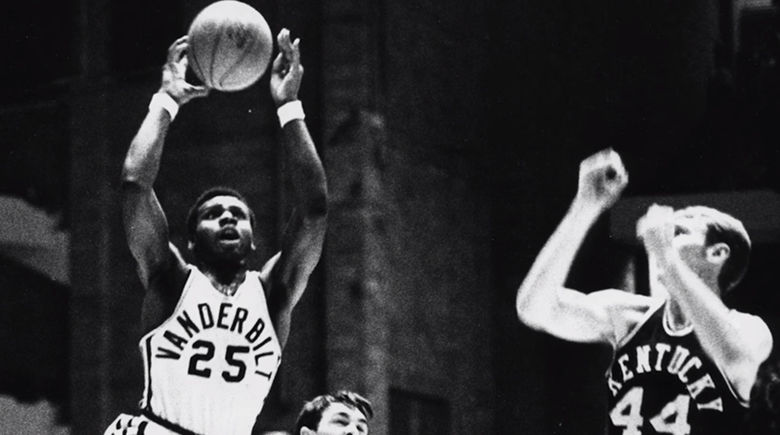
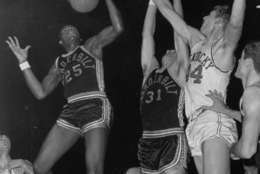
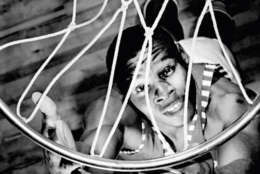
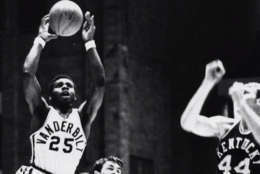
WASHINGTON — Perry Wallace, the first black basketball player in the Southeastern Conference, died Friday at the age of 69 in a hospice in Rockville, Maryland. His death came just one day before the 50th anniversary of his trailblazing career at Vanderbilt.
Wallace played for the Commodores from 1967-1970. He was recruited in 1966 by then-coach Roy Skinner and was among the first black students at the southern university, according to a Vanderbilt page dedicated to Wallace.
Wallace remains among the Commodores’ all-time rebounding leaders, The Associated Press reported. But there was much more to Wallace than his athletic achievements, says Andrew Maraniss, author of “Strong Inside: Perry Wallace and the Collision of Race and Sports in the South.”
“The quick bio is to say he was the first African-American basketball player in the SEC but he was so much more than that. He was an important figure in many peoples’ lives in ways that had nothing to do with sports,” Maraniss told WTOP.
His transition to college wasn’t easy. Wallace faced racism and hostility from fellow students as well as from people and basketball fans throughout the south who opposed integration.
“He was a student of pioneers. He had read a lot about Jackie Robinson, as a kid, and so he always understood the responsibility that came with being a pioneer and part of that was not quitting no matter how difficult the circumstances were,” Maraniss said.
A statement from university chancellor Nicholas Zeppos describes Wallace as a civil rights icon.
“We are deeply saddened by the passing of Perry Wallace, who through quiet strength and courage blazed a trail that still serves as a lesson in resilience and perseverance in the face of incredible obstacles,” Zeppos said in the statement.
After his college career, Wallace worked for D.C.’s first black mayor, Walter Washington.
Wallace went on to become a trial attorney for the Department of Justice then a professor at American University, according to the Tennessean.
Law professor Jeremi Duru, one of Wallace’s colleagues at American University, told WTOP about Wallace’s career after his trailblazing one in college sports.
“He emerged to be an extraordinary lawyer and scholar. It’s almost as if he’s left several extraordinary lives – a huge loss for the community, the country and certainly our university,” Duru said.
“He should be remembered as a good man, and it seems like good men are few and far between these days, and Perry was an honorable person, an honest person, a courageous person. He was always looking to use opportunities to make either other people better or institutions such as Vanderbilt, which meant a lot to him, better,” Maraniss said.
WTOP’s Dick Uliano contributed to this report.


